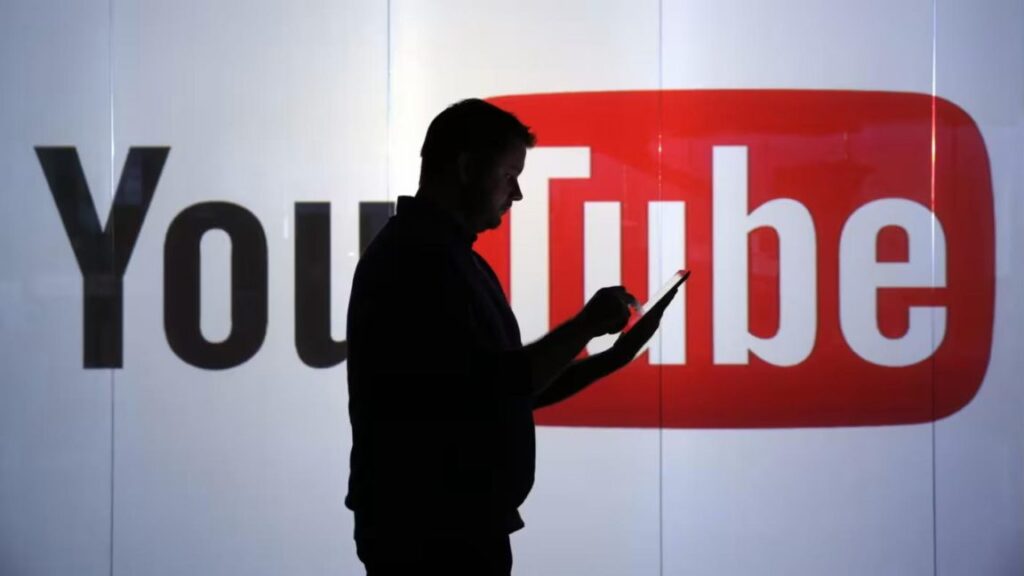YouTube is about to un-ban a bunch of the creators it nuked during the pandemic and the 2020 election cycle. Per Ars Technica, the platform plans to restore channels previously terminated for violating its COVID-19 and election misinformation rules—a whiplash-inducing reversal after years of aggressive takedowns, policy rewrites, and public-health-as-platform-moderation.
What “restore” means in practice isn’t carte blanche. This is not a general amnesty where every deleted upload magically reappears in your subscriptions. The move, as reported, focuses on bringing channels back from the dead while keeping current rules intact. If those creators return and post content that breaks today’s medical misinformation or civic integrity policies, they’ll get dinged again under YouTube’s three-strike system. Expect reinstatement to run through a review/appeals flow, with guardrails like limited recommendations, labels, and likely monetization purgatory for some accounts.
The timing is loud. YouTube has been inching toward this for a while. In mid-2023 it stopped removing videos solely for claiming the 2020 election was stolen, arguing that open debate sometimes includes bad takes. Later that year, it overhauled its medical misinformation policy to target specific harms (prevention, treatment, and denial for certain conditions) rather than “anything that contradicts WHO/CDC.” Fast forward to now—after an election cycle, multiple policy pivots, and a hotter political climate around “censorship”—and the company is effectively admitting that some of its pandemic-era penalties no longer fit its current rulebook.
Scale matters here. YouTube says it removed more than a million COVID-related misinformation videos during the pandemic, on a service with 2+ billion monthly users and hundreds of hours uploaded every minute. When you enforce at that volume, you will over-remove, under-remove, and generally create a moderation Rube Goldberg machine that pleases nobody. Restoring channels is a way to clean up technical debt and legal risk without endorsing the old content.
This is where it gets messy for everyone else: Public health researchers will argue (not wrongfully) that putting repeat spreaders of medical bunk back on a platform with global reach is how you launder junk into the mainstream. Free speech hawks will counter that blanket permanent bans for shifting “consensus” questions are how you ossify debate. Advertisers will remember the Adpocalypse era and quietly ask their agencies to tighten brand safety filters.
Expect YouTube to lean hard on its now-standard “reduce, don’t remove” toolkit: downranking borderline claims, slapping info panels that point to health authorities or election resources, age-gating sketchy stuff, and demonetizing where needed. That approach tends to lower velocity without turning every moderation call into a culture-war grenade. It’s also YouTube’s favorite compromise when the science changes, the courts loom, or the politics get weird.
If you’re a creator who lost a channel in the COVID/election dragnet, the homework is obvious: Scrub your archive for content that collides with today’s narrower—and let’s be honest, defunct—medical rules, read the civic integrity policy like it’s an exam you want to pass, and assume monetization won’t be instant. The fastest way to burn your second life is to treat it like your first.
Zooming out, this isn’t YouTube “choosing a side” so much as YouTube doing what it always does: recalibrating the dials between expression, harm, and liability to keep the upload firehose running without spooking regulators or advertisers. Whether you see that as overdue course correction or a cynical political pivot probably depends on which videos you watched in 2021. For better or for worse, the platform just turned the page—and invited some ghosts back onto the timeline. (via ArsTechnica)



No Comments